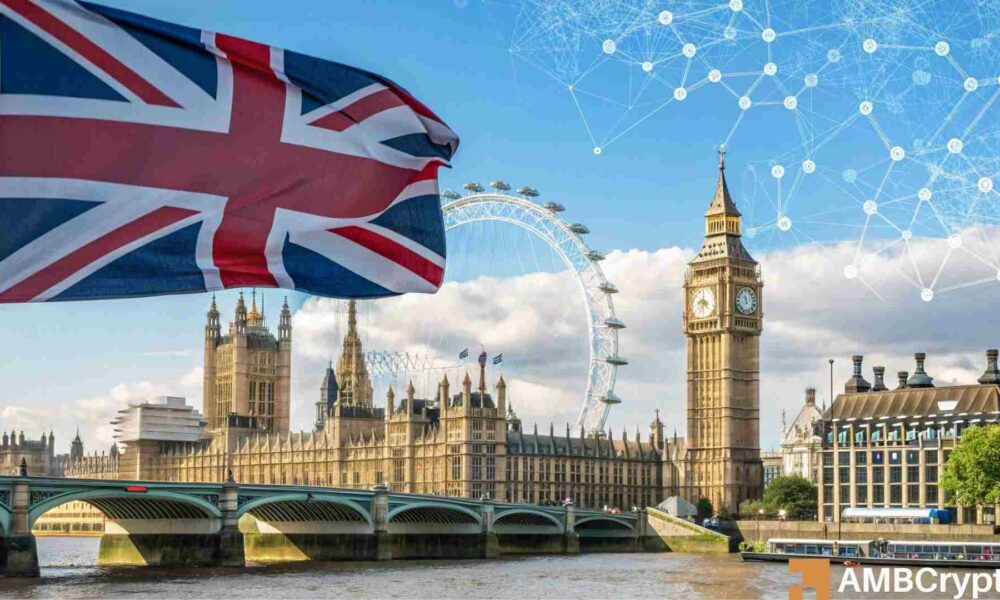Key takeaways
Why is the UK’s new proposal bad for stablecoins?
Kulechov says reserve model and holding restrictions would discourage issuers
What is the status of sterling-backed stablecoins?
They rank 10th in the stablecoin market, and the proposal would not help improve their ranking.
The founder of DeFi lending protocol Aave (AAVE), Stani Kulechov, recently criticized the UK. proposal capping stablecoins at £20,000 and limiting yield-bearing reserves to just 60%.
In an X jobKulechov warned that if the country continued with its “misguided” plan, stablecoin issuers would likely give it a pass. He joked,
“This (60% yield assets) makes GBP-backed stablecoins inefficient, uncompetitive and unattractive compared to global alternatives.”
For Kulechov, however, these plans could harm the growth potential of the British pound-based stablecoin. He added,
“HM Treasury is likely to copy this approach, making the UK one of the least attractive places to issue stablecoins. This is another ill-advised move by the Bank of England.”


Source:
GBP versus US dollar-backed stablecoins
For comparison, the United States does not limit the amount of reserve assets that can be invested in yield-bearing products, such as Treasury bills. The only key prerequisite is 1:1 backing for the issued stablecoin.
The business model is lucrative because of the yield. Tether, the USDT issuer, for example, made $10 billion in profits since the start of the year because of this viable model. About 77% of USDT reserves are stored in treasuries and cash equivalents.
Now some players are considering lobbying the UK government to ease restrictions, perhaps to reflect the US position and remain attractive.
That said, the US dollar enjoys a huge moat due to its global reserve position, as evidenced by its large foreign exchange reserves.
The Macroeconomic Gap Behind Dollar Dominance
According to the IMFby 2025, the USD controlled 58% of global foreign exchange reserves, followed by the Euro (6%) and the British Pound, GBP (5%). The Chinese renminbi comes in fourth place with an increase of 2%, but it is growing steadily.


Source: IMF
In other words, the offshore demand for USD is huge relative to the British Pound and would limit the growth of British Pound-backed stablecoins.
A similar position was recently common by Chuk Okpalugo, former product manager at stablecoin issuer Paxos. In fact, he said that “people don’t want stablecoins, they want US dollars,” especially in emerging markets.
At the time of writing, the dollar-backed stablecoin order 99.8% ($303.7 billion) of stablecoin market share. Euro-backed products come in second, while the sterling-backed segment ranks 10th with just $341,000 in assets.


Source: Artemis




